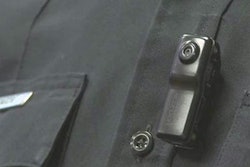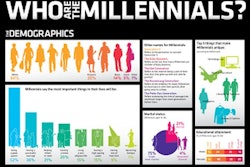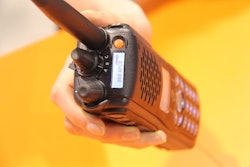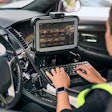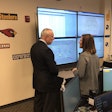The development of computer forensics over the last 25 years signaled a sea change in modern law enforcement. With advanced digital forensic technology, agencies are able to increase case efficiency and closure rates. An increasingly mobile and technical society has created exponential growth in digital forensics utilization over the past 10 years.
In 2003, for example, the FBI case load was about 6,500 cases, compared to 2012, when more than 13,300 digital examinations were conducted. Similar growth in case loads has also been experienced by state, local, and international law enforcement.
Today, digital forensics is a necessary tool in analyzing evidence and solving cases. Through digital forensics, police agencies have had great success with tracking criminals and assisting victims. One of the most notable changes in case loads in the past decade has been in child pornography.
Before the widespread use of personal computers, trafficking in child pornography was difficult to track, and convictions were rare. While the Internet has dramatically increased and facilitated the creation and distribution of child pornography, it has also given police a stronger ability to detect and track cases.
Computers and smartphones connected to the Internet provide digital footprints of porn trafficking activity. Using digital forensics techniques, investigators are able to acquire evidence and gain an increased number of speedy convictions and sentences. Child pornography possession and trafficking cases are now a common part of police work.
Another area of law enforcement affected by digital forensics over the past decade is fraud, which gained a greater presence in the public consciousness after major banking crimes contributed to the economic downturn in 2008. Reports from the National Regional Computer Forensics Laboratory (RCFL) program showing a jump in statistics from 2003 to 2013 serve as a signifier of this growth.
In 2003, RCFL received 1,444 requests and completed 987 forensics examinations. Compare that to the 2012 fiscal year (the last year with available data), where RCFL received 5,060 requests and completed 8,566 forensic examinations. Internet fraud is also the most common complaint made to the Internet Crime Complaint Center – IC3.gov.
From corporate to insurance fraud, identity theft, securities and commodities fraud, and more, police organizations are becoming more adept at handling these investigations through digital methods. Depending on the type of fraud and nature of the crime, an investigator can now examine a victim's computer for evidence of communications and transactions and often follow the digital trail back to the perpetrator.
Digital forensics tools have allowed for fast and reliable data acquisition and analysis, which is imperative in a world where information can disappear quickly. One problem that has arisen, however, is that digital forensics is not just about computers anymore.
Smartphones, tablets, thumb drives, digital music players, and more each present unique challenges in accessing data. Laws concerning personal privacy can also complicate these investigations. The Email Privacy Act, if passed, would amend the Electronic Communications Privacy Act of 1986. It would prohibit a public remote computing service provider from knowingly releasing the contents of any communication in electronic storage to any government entity, including state and federal law enforcement agencies, without a proper warrant or subpoena.
Police enforcement efforts have been facilitated by the development of very capable digital forensic software and hardware tools. Guidance Software's EnCase and AccessData's FTKprovide technology to enable efficient and effective methods of data collection, including the search for deleted information and those Internet footprints mentioned earlier. There are also a number of forensic companies, such as Cellebrite, Micro Systemation, and Oxygen that specialize in the dynamic smartphone forensics arena. Besides these commercial products, there is a growing community of programmers that develop small but highly efficient open source, free programs for very specialized forensic needs.
New computer programs and digital devices have greatly shaped the field of digital forensics over the past decade. The growth of mobile technology, ubiquitous wireless connectivity, cloud computing, and wearable technology, such as Google Glass, presents daily challenges to police agencies everywhere. Without doubt, caseloads will increase and the demand for law enforcement response will grow. With an increasingly mobile society, the field is set to experience even more change over the next 10 years.
Bill Crane is an associate professor and program director of the Digital Forensics Graduate Program at Champlain College in Burlington, Vt. He has international digital forensics experience and has served in various capacities over the past four decades with the U.S. Department of Justice, the Department of State, the FBI National Academy, The Federal Law Enforcement Training Center, the College of Policing in the UK, and the New Zealand Police Academy.





